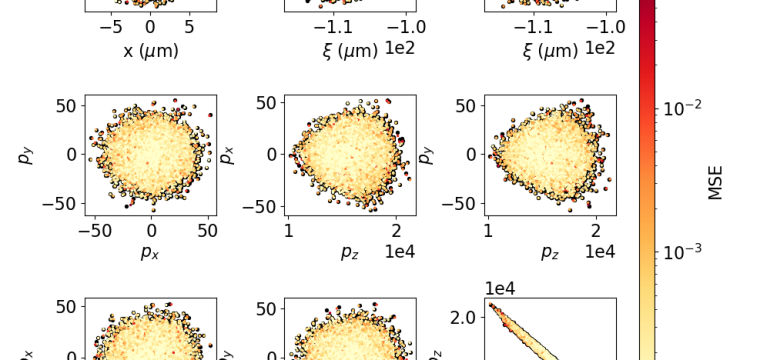Authors: Ryan T. Sandberg, Remi Lehe, Chad E. Mitchell, Marco Garten, Andrew Myers, Ji Qiang, Jean-Luc Vay, Axel Huebl
Published on: February 27, 2024
Impact Score: 7.8
Arxiv code: Arxiv:2402.17248
Summary
- What is new: Implementation and presentation of a data-driven workflow using machine learning for surrogate modeling in particle accelerator simulations.
- Why this is important: Need for integrating and modeling advanced accelerator elements quickly and effectively without relying solely on traditional analytical and reduced-physics models.
- What the research proposes: A fully GPU-accelerated, conventional-surrogate simulation for hybrid particle accelerator beamlines using machine learning for surrogate modeling.
- Results: The paper does not specify the results explicitly, implying that a detailed benchmarking of the workflow was conducted to showcase its effectiveness.
Technical Details
Technological frameworks used: GPU-accelerated computation, machine learning for surrogate modeling
Models used: Particle-in-cell simulations, conventional-surrogate simulation models
Data used: High-fidelity simulations data
Potential Impact
Scientific research institutions and companies involved in the development and operation of particle accelerators; potentially impacting sectors reliant on particle accelerator technologies, such as medical imaging, cancer treatment, materials science, and nuclear physics.
Want to implement this idea in a business?
We have generated a startup concept here: AccelSimTech.


Leave a Reply